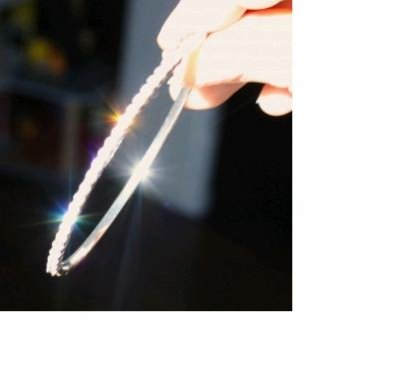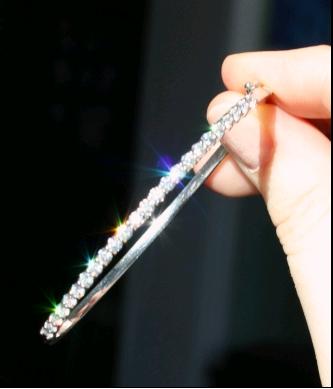Rockdiamond did you miss this question or decline to answer?
gretag said:Can you explain and describe GIA Cut grade Excellent 60/60 stones or combinations that you would not choose?





300x240.png)